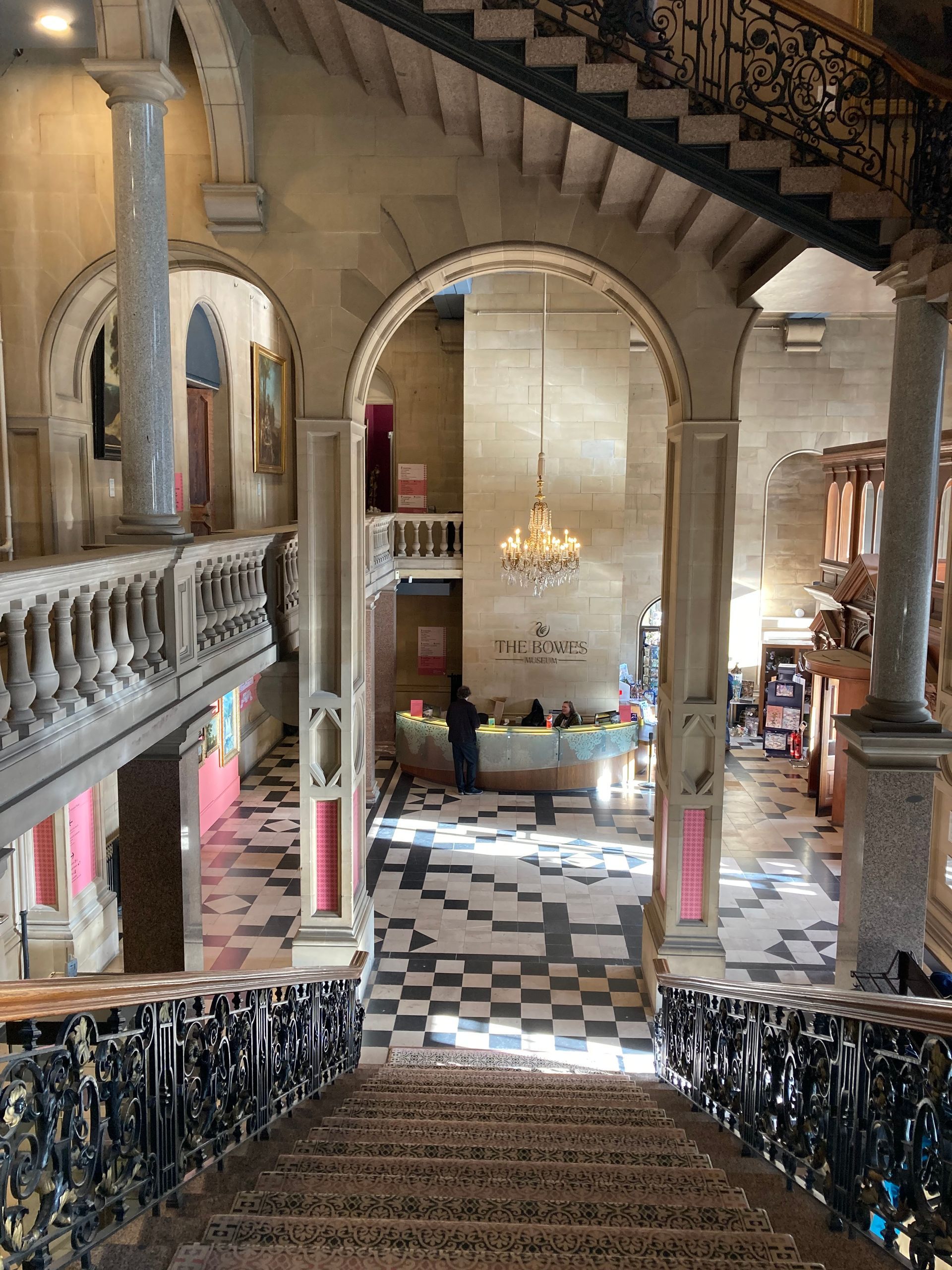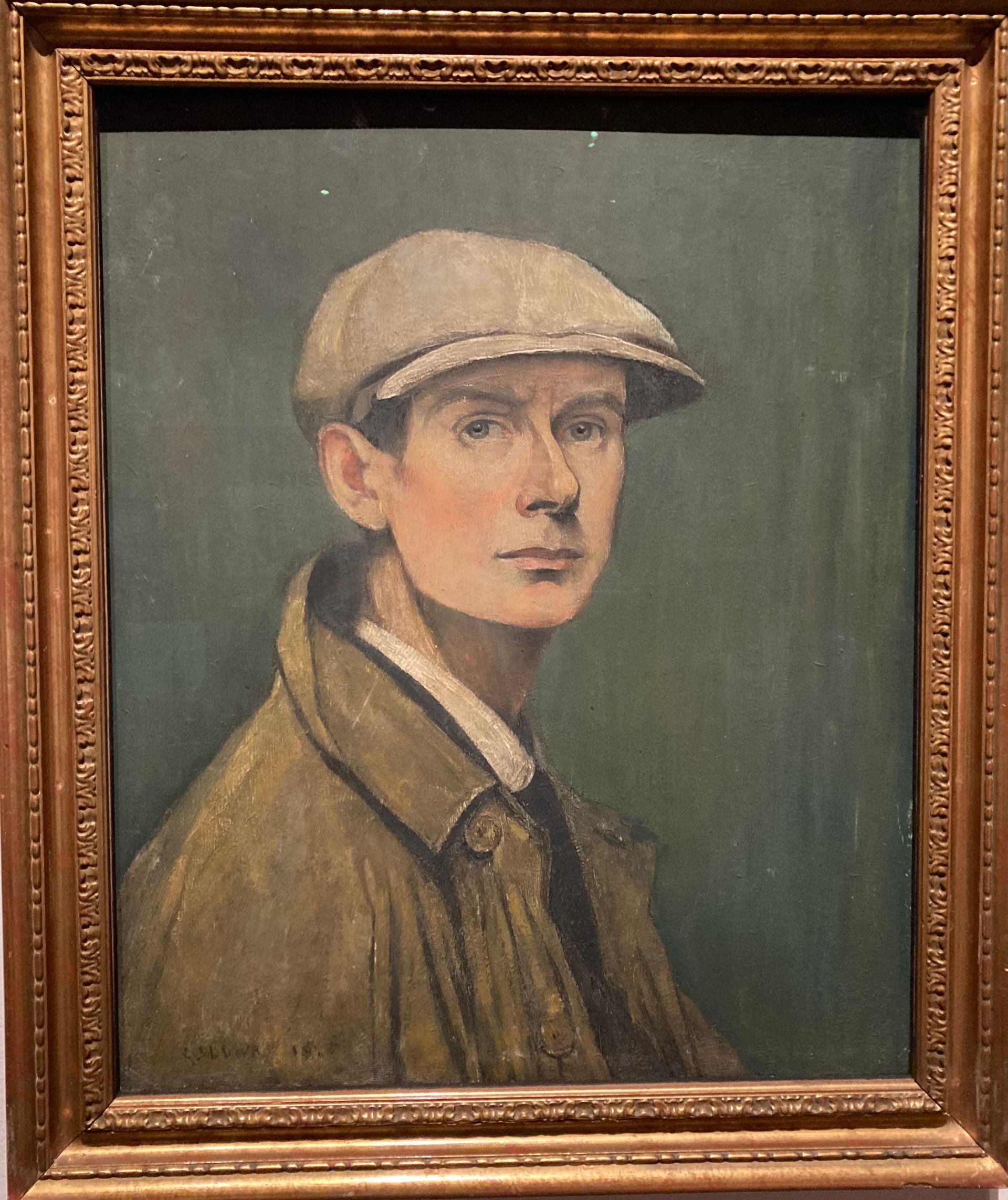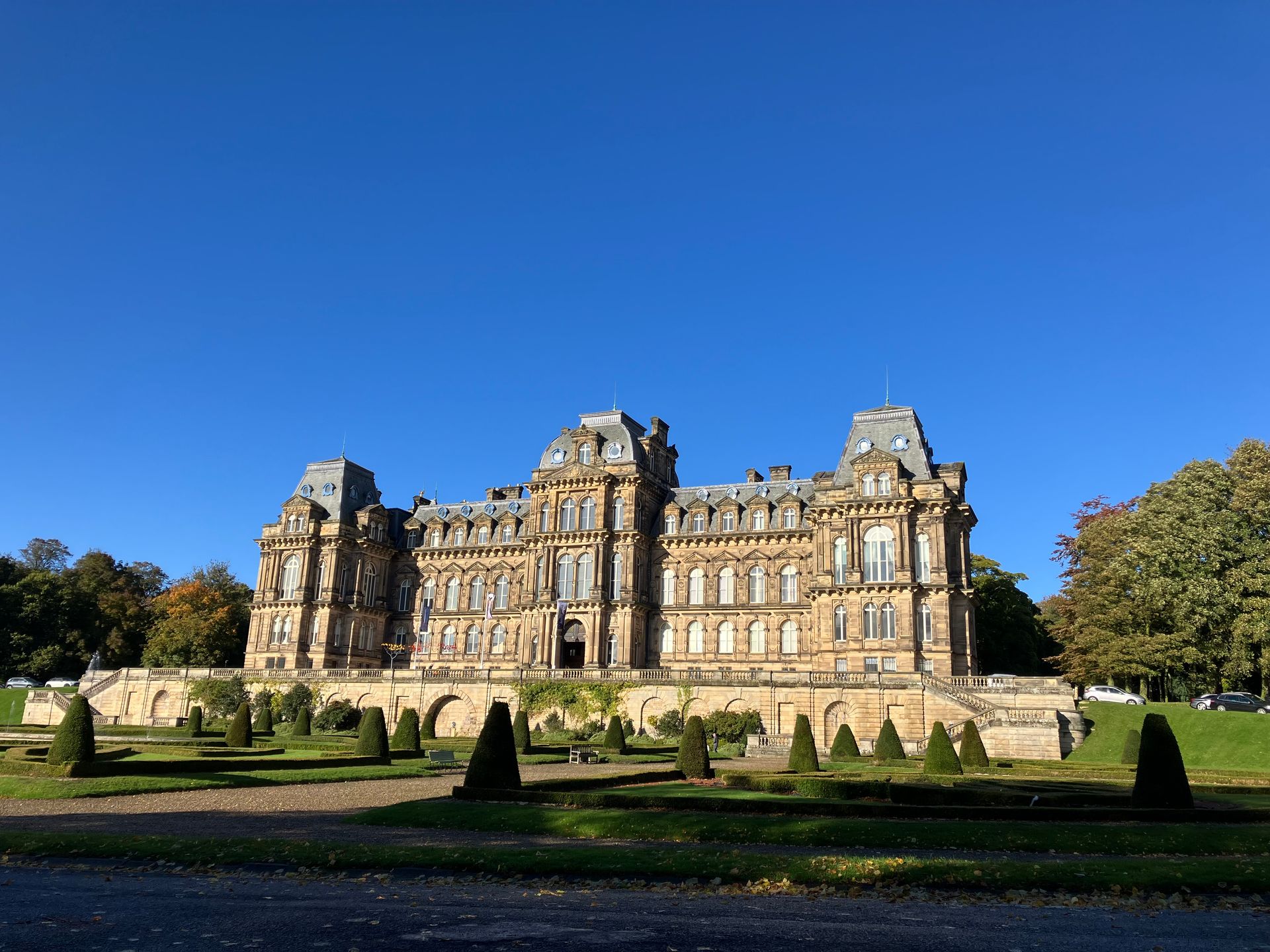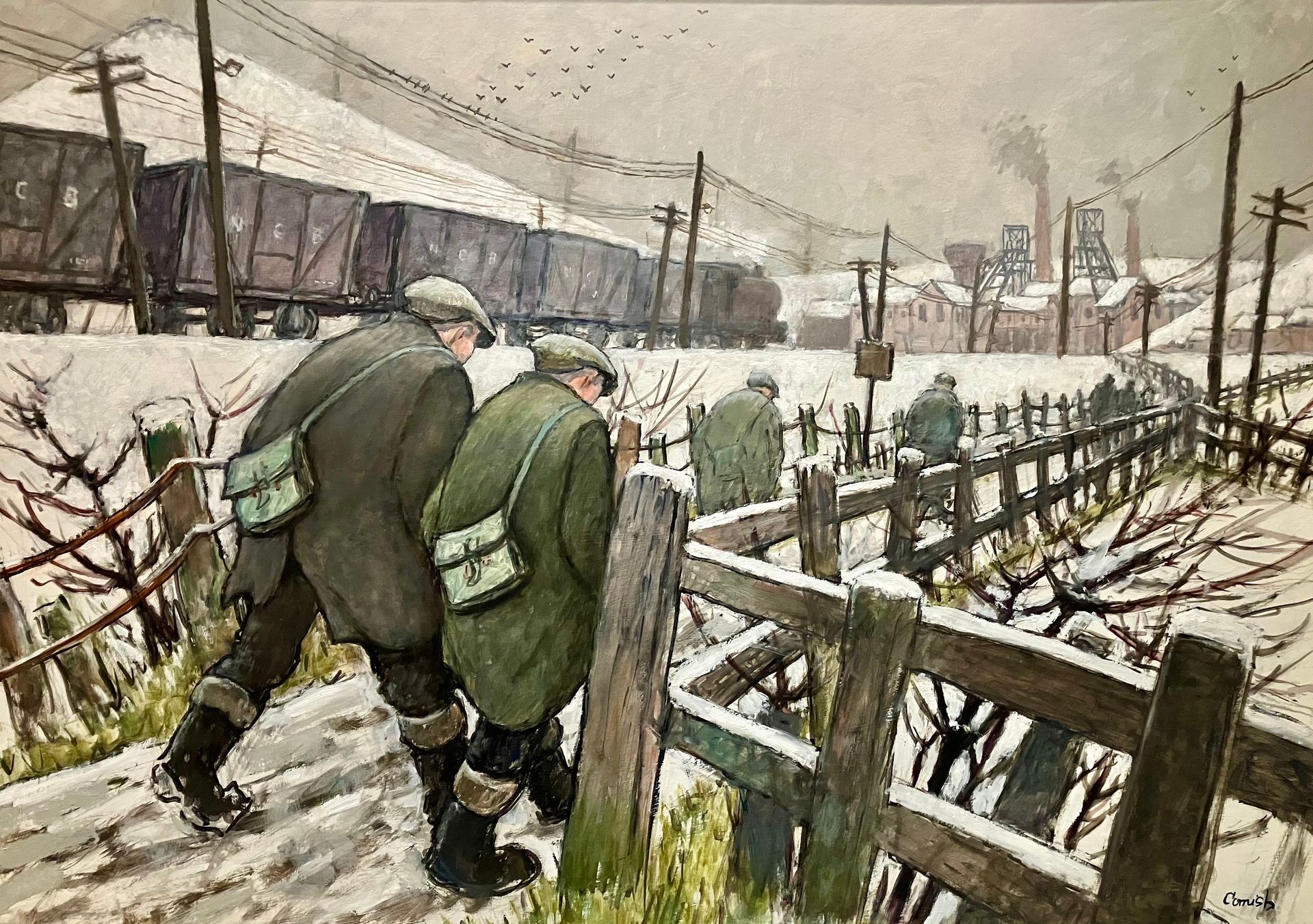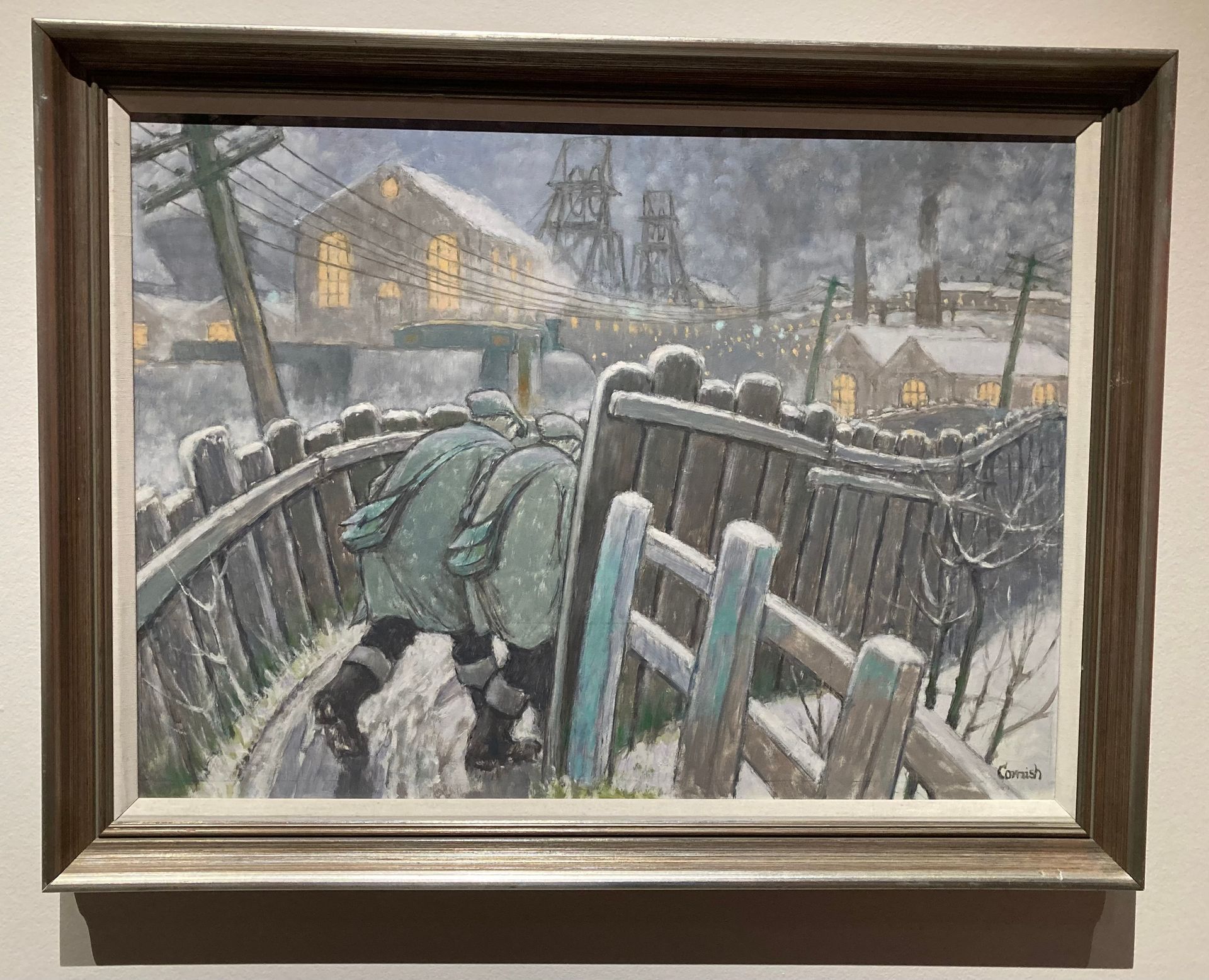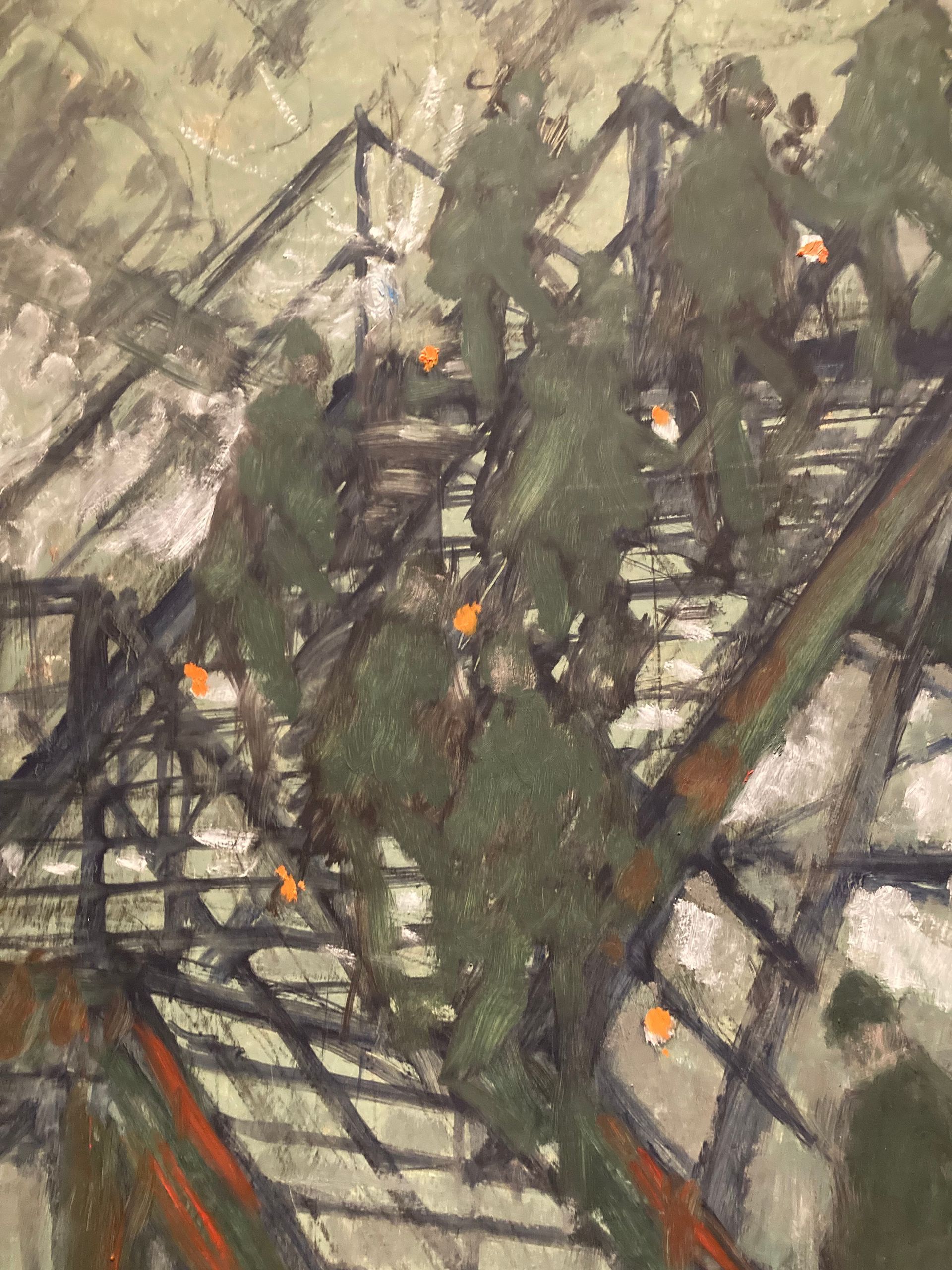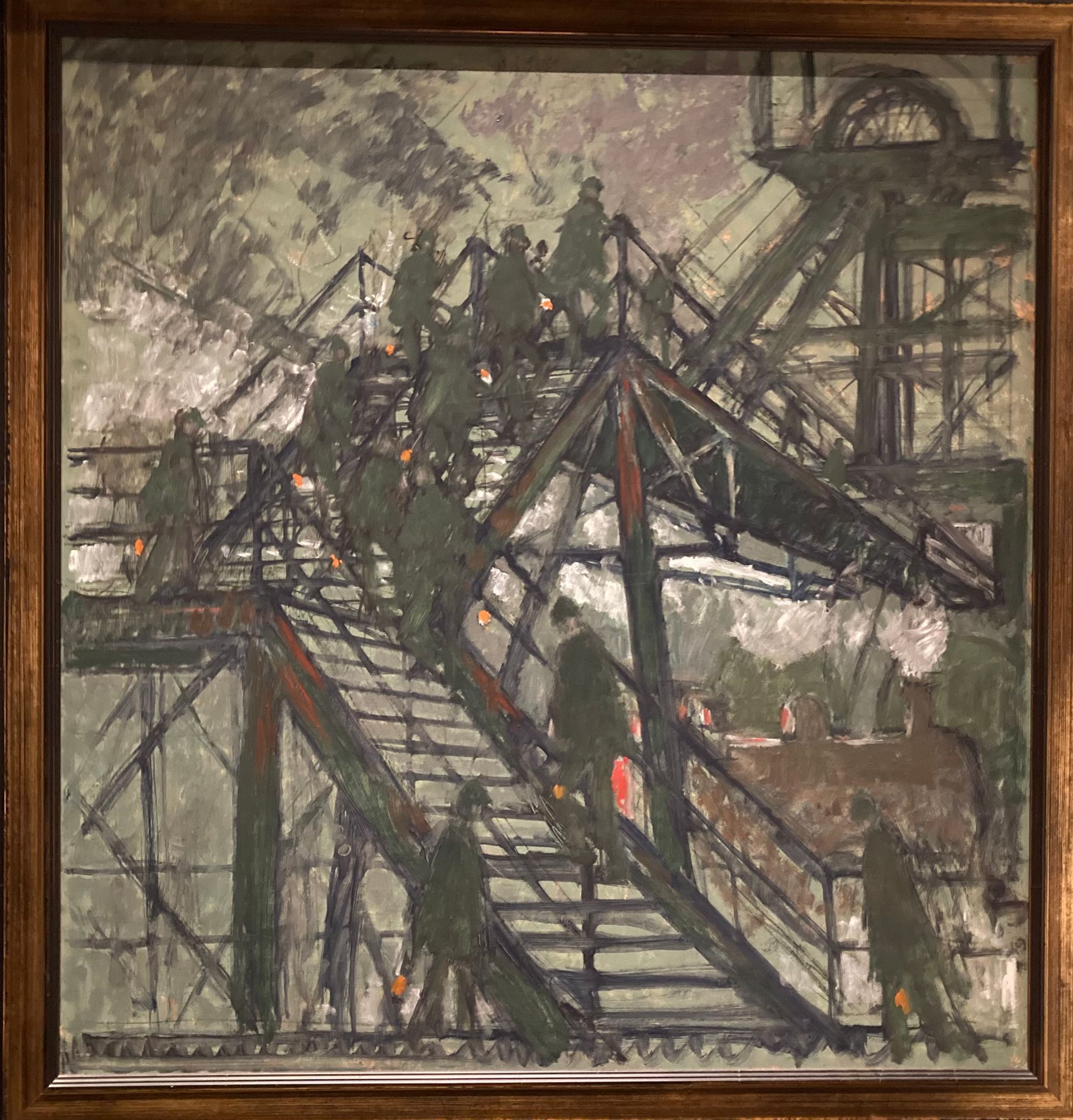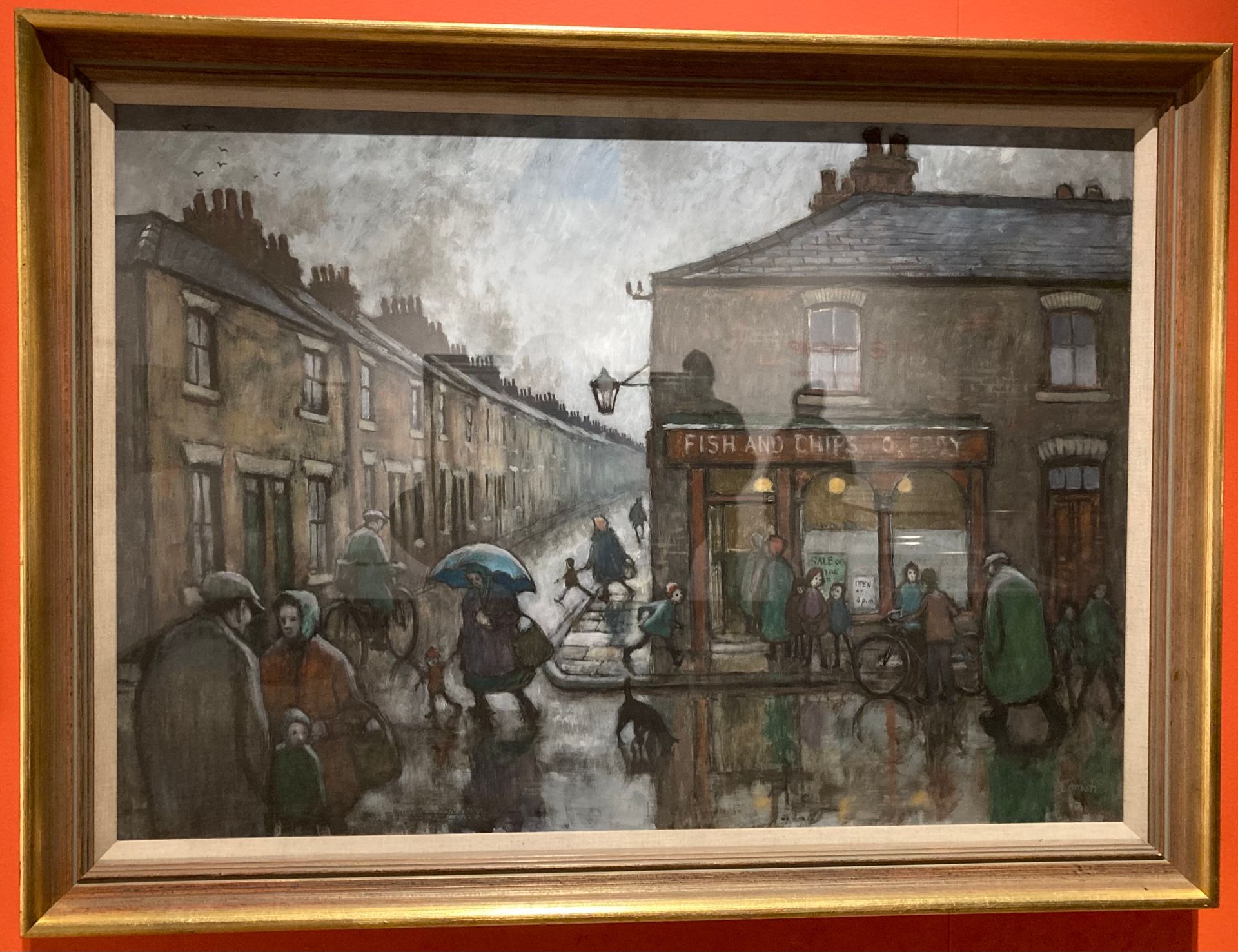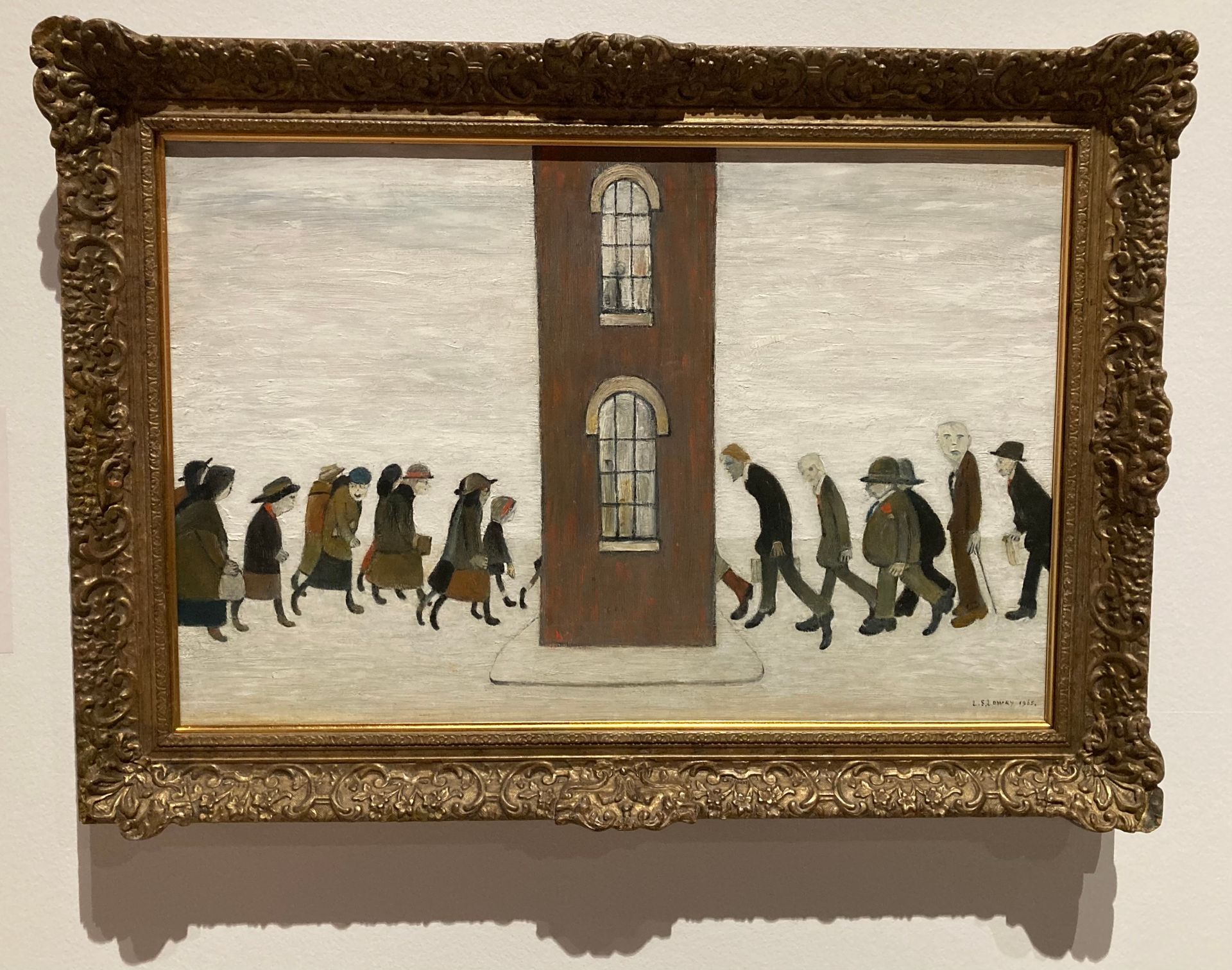- HOME
- Cultural Explorer Itineraries
- Cultural Explorer Travel
- Cultural Explorer Books
- Cultural Explorer Art
- Cultural Explorer Auction Houses
- Travel, Culture and Books - Blog
- More
- England
- Europe
- United States
- Spain
- Denmark
- Germany
- England - Yorkshire
- England - London
- England - Durham
- England - Liverpool
- England - Stratford upon Avon
- Spain - Cadiz, Jerez, Madrid
- Spain - Barcelona
- Spain - Sevilla
- Spain - Malaga and Ronda
- France - Paris
- Boston and New Haven Logisitics - Itinerary, travel, accommodation
- Boston Freedom Trail, Tea Party and Cheers
- New Haven and Yale University
- Hartford - Mark Twain's House
- Boston Art Museums - MOFA and Isabella Stewart Gardner
- Harvard and MIT Museums
- Cultural Explorer Travel - Top 10 Museums in London
- Cultural Explorer Travel - Top 10 Museums Yorkshire
- Cultural Explorer Art - Top 10 Art Galleries in London
- Cultural Explorer Art - Top 10 Controversial Paintings
- Cultural Explorer Art - The Life of the Mona Lisa
- Cultural Explorer Art - The Bowes Museum - Norman Cornish and LS Lowry
- Cultural Explorer Art - Top 10 Art Galleries in Yorkshire
- Cultural Explorer Books - Top 15 Books about Art
- Cultural Explorer Books - From a North East American Trip
- Cultural Explorer Books - Top 10 Books about Spain
- Cultural Explorer Books - Top 10 Latin American Books
- Cultural Explorer Books - Top 10 Greek Myths Books
- Cultural Explorer Books - Top 15 United States Contemporary Fiction Books
- Cultural Explorer Books - Top 10 Non-Fiction about the US
- Cultural Explorer Books - Top 10 Japan Books
- Cultural Explorer - Top 10 Books about Humans
- Cultural Explorer Auction House - Sotheby's
- Cultural Explorer Auction House - Christies
- Cultural Explorer Auction House - Bonhams
- Cultural Explorer Auction House - Phillips
- ads.txt
- Terms and Conditions
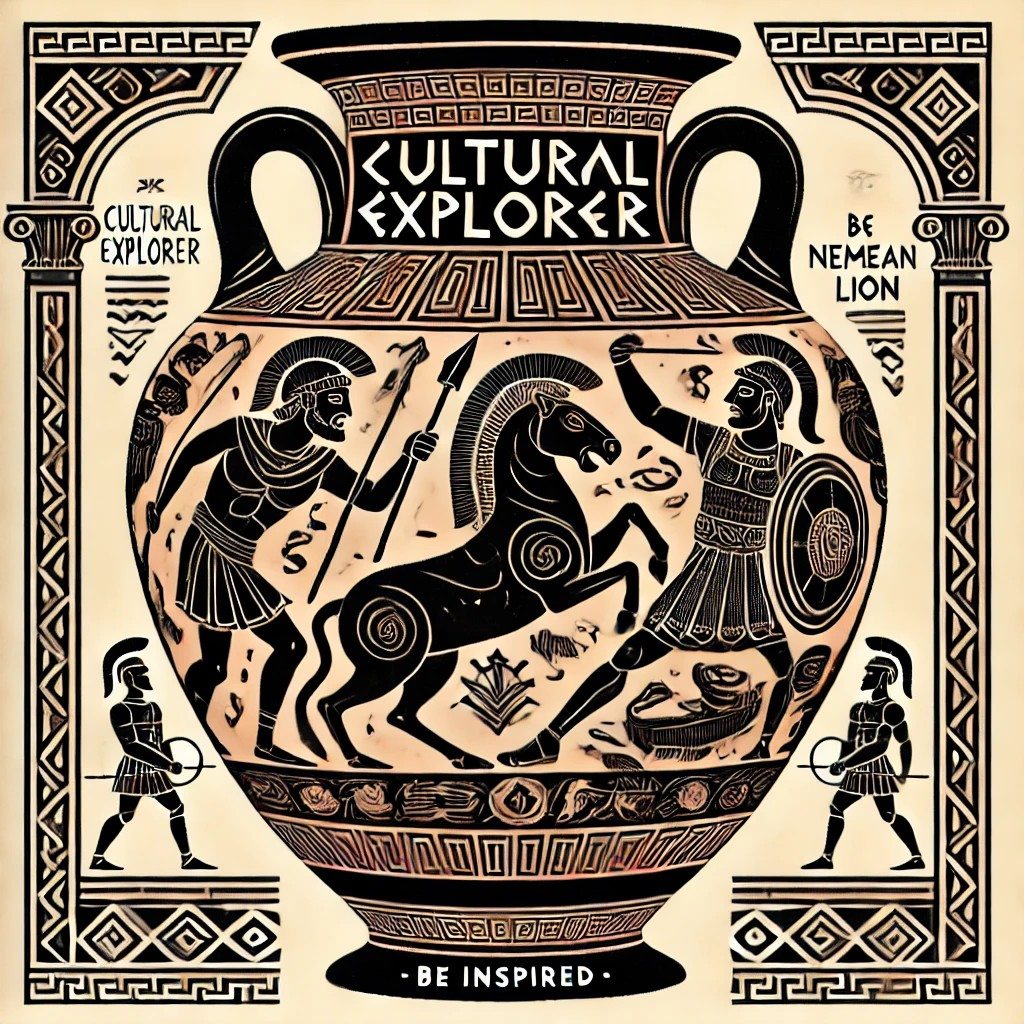
The Bowes Museum - Norman Cornish and LS Lowry Exhibition - Kith and Kinship
The Bowes Museum, located in Barnard Castle, County Durham, was built by John Bowes and his French wife, Joséphine Benoîte Coffin-Chevallier, who met in Paris in the mid-19th century. John Bowes, the illegitimate son of the 10th Earl of Strathmore, came from a wealthy, influential family that owned extensive lands in County Durham and Scotland. Their fortune primarily came from coal mining on their estates, a major industry in the region at the time. The couple shared a passion for art and, driven by their ambition to bring cultural enrichment to the region, they decided to build a museum in Barnard Castle, close to the Bowes family's ancestral estates. Though their family stately home, Streatlam Castle, was nearby, the Bowes Museum was created as a lasting legacy to house their vast collection of fine and decorative arts, gathered during their travels across Europe. The museum was designed in the style of a French château, reflecting Joséphine's heritage, and was intended to bring world-class art to a rural setting.
John’s lineage connects him to the Bowes-Lyon family, making him a distant relation to the Queen Mother, Elizabeth Bowes-Lyon.
John Bowes and his wife, Joséphine, collected their vast array of art and objects by traveling extensively across Europe, particularly France, in the mid-19th century. Joséphine, an amateur painter with a keen eye for art, played a central role in selecting pieces. Together, they purchased paintings, sculptures, ceramics, furniture, and textiles, often from auctions, galleries, and private collections. Their aim was to create a museum for public enjoyment and education, and they meticulously gathered over 15,000 pieces with a strong emphasis on European fine and decorative arts, including works by renowned artists like Canaletto and Goya.
The Bowes family owned significant coalfields in County Durham, particularly in the areas surrounding Barnard Castle and the nearby Weardale and Teesdale valleys. Their wealth primarily stemmed from extensive coal mining operations, notably at the Streatlam and Bowes collieries.
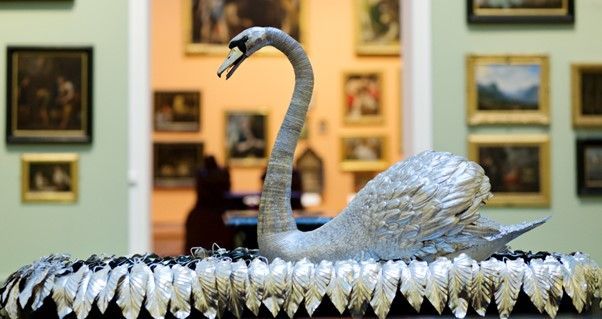
The Mechanical Silver Swan
The Silver Swan, is an icon of the Bowes Museum, it is a stunning 18th-century automaton. Originally designed to impress emperors and their guests, it was first showcased in 1774 at James Cox's Mechanical Museum in London. The swan’s delicate movements, powered by an intricate clockwork mechanism crafted by the inventor John Joseph Merlin, captured the imagination of many, including royalty. Although it was intended for a foreign court, the Silver Swan remained in the UK, later exhibited at the famous Paris International Exhibition in 1867. There, it captivated visitors, including the Bowes Museum founders Joséphine and John Bowes, and even the American novelist Mark Twain. Joséphine and John acquired the swan in 1872 for £200 (around £20,000 today), ensuring its place in their collection.
Mark Twain described the swan in his book The Innocents Abroad, ‘I watched the Silver Swan, which had a living grace about his movement and a living intelligence in his eyes – watched him swimming about as comfortably and unconcernedly as if he had been born in a morass instead of a jeweller’s shop – watched him seize a silver fish from under the water and hold up his head and go through the customary and elaborate motions of swallowing it…’
Today, the swan continues to delight visitors with its graceful mechanical performance, just as it has for centuries. Check the website for when to see it working, when we went it was 2.00pm. A guide gave a short history of the swan, then we watched it come to life, it's graceful neck rolled down and picked up a fish with its beak.
Norman Cornish and LS Lowry - Kith and Kinship Exhibition
This exhibition featuring the works of Norman Cornish and L.S. Lowry was an unforgettable experience that illuminated the contributions of two great Northern artists of the 20th century. The narrative woven throughout the exhibition breathes life into each piece, inviting viewers to reflect on their significance within the context of both past and present.
I really enjoy the style, uniqueness and expertise of both painters. With Norman Cornish I like how he has the people in his paintings leaning in towards each other, in conversation, along with the clever way light is brought in, such as the thick orange paint for the light of the miner's lamps as they climb up the gantry. If you take a closer look you can see the thickness of the paint here, this light brings balance to the dark painting.
L.S. Lowry starts his paintings with a white background to create a stark, almost flattened effect in his scenes. His industrial landscapes are filled with factories, terraced houses, and crowds of people. He uses a limited, muted color palette dominated by greys, blacks, and reds. His work captures the bleakness and bustle of working-class life, blending simplicity with a deep sense of atmosphere and social commentary.
A revelation at the exhibition is the newly discovered self-portrait of Norman Cornish, which was unveiled during conservation work ahead of the exhibition's opening. This exciting find, displayed on a special plinth that rotates at 2:30 PM, offers visitors the opportunity to see both sides of the painting right side up, adding an interactive element to the experience.
The exhibition features 35 rarely seen or previously unseen works among over 50 paintings, drawings, and sketches. Alongside Cornish's lesser-known pieces, we also encountered familiar works such as Lowry’s The Procession (1927) and A Cricket Match, as well as Cornish’s The Gossips and The Busy Bar (1976). Each artwork tells a story, drawing viewers into the rich tapestry of life in the North.
John Cornish, Norman’s son, aptly described the exhibition as extraordinary, emphasizing the unprecedented scale at which his father’s work is displayed alongside that of Lowry, who was not only a contemporary but also a regular acquaintance. The curation weaves together the stories behind each artwork, offering a new perspective on both artists and their subjects.
As I walked through the exhibition, I felt a connection to the shared experiences and everyday moments depicted in their art. With pieces loaned from esteemed institutions such as the Tate and Durham County Council, this exhibition is a must-see. I encourage anyone to plan a visit to the Bowes Museum, where, in addition to this remarkable showcase, you can explore 22 galleries filled with incredible works from artists, makers, and designers spanning seven centuries of creativity.

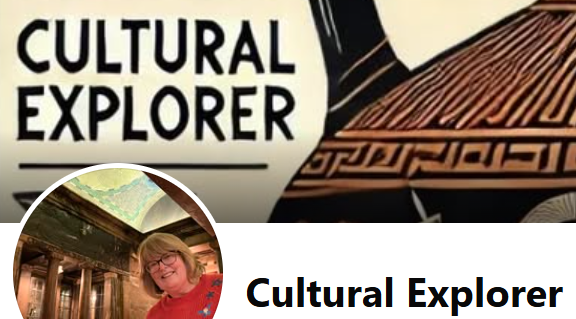

Facebook page: https://www.facebook.com/SarahCulturalExplorer
Instagram: https://www.instagram.com/sarahculturalexploreruk
My Bio: Travel opens doors to art, museums, and galleries, where stories come alive. I love books, paintings, collectors, and auctions - the treasures connecting us to history, creativity, and culture. Enjoy regular posts on my facebook page.
Email: culturalexploreruk@gmail.com
